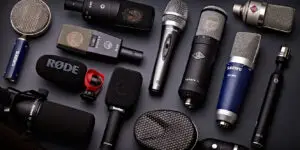A Complete Guide for Audio Recording
When it comes to recording audio, choosing the right microphone can make all the difference in your sound quality. Dynamic and condenser microphones are the two most common types you’ll encounter, but they serve different purposes and suit different environments.
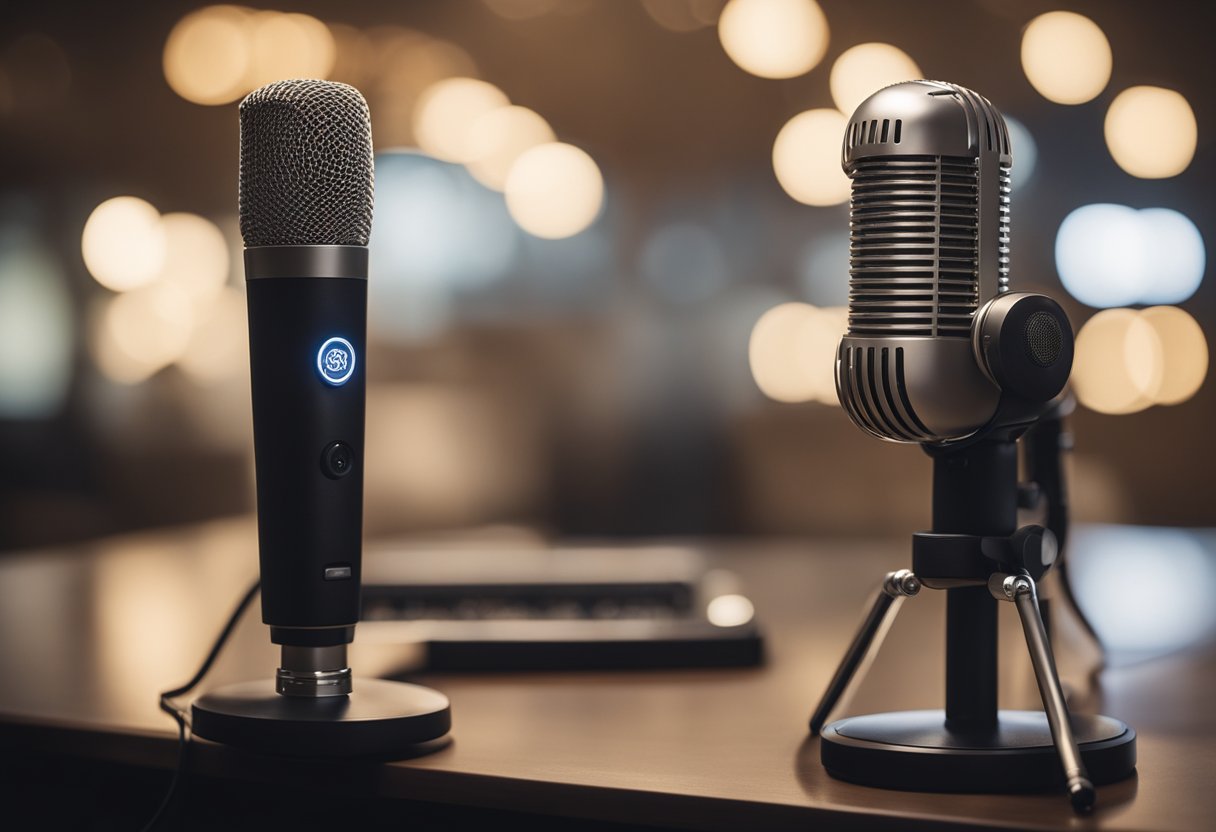
Dynamic microphones are typically better for live performances and loud sound sources, while condenser microphones excel in studio settings where capturing detail and nuance is important. Understanding the strengths and limitations of each type will help you make the right choice for your specific needs.
Whether you’re a podcaster, musician, voice actor or content creator, your microphone selection will significantly impact your final product. The right microphone can elevate your audio from amateur to professional with just one equipment change.
Key Takeaways
- Dynamic microphones are more durable and handle loud sounds well, making them ideal for live performances and vocals.
- Condenser microphones offer greater sensitivity and frequency response, perfect for studio recording and capturing acoustic instruments.
- Your recording environment, budget and intended use should guide your microphone choice for the best results.
Fundamentals of Microphone Technology
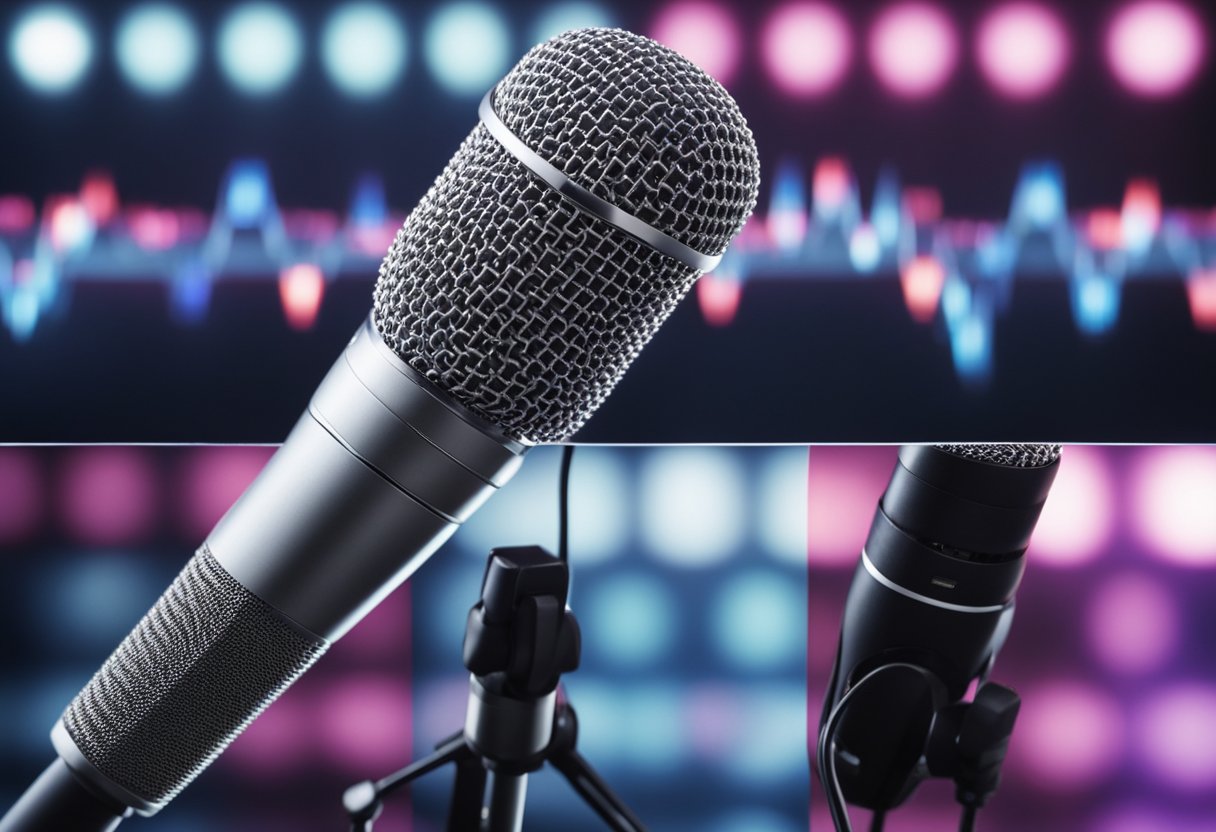
Microphones are devices that convert sound waves into electrical signals. They serve as the first step in any audio recording or amplification chain, capturing acoustic energy and transforming it into a form that can be processed, recorded, or broadcast.
All microphones contain a diaphragm that vibrates when sound waves hit it. This vibration is then converted into an electrical signal through different mechanisms, depending on the microphone type.
Key Components of Microphones:
- Diaphragm: The thin material that moves when hit by sound waves
- Transducer: Converts mechanical energy to electrical signals
- Housing: Protects internal components
- Output connection: Typically XLR or USB
Microphones can be categorised by their transducer type. The two most common types are dynamic and condenser, though there are others like ribbon and carbon microphones.
Polar patterns describe how microphones pick up sound from different directions. Common patterns include:
- Cardioid: Picks up sound from the front
- Omnidirectional: Picks up sound from all directions
- Figure-8: Picks up sound from front and back
Frequency response is another important specification. It measures how a microphone responds to different sound frequencies, typically measured in Hertz (Hz).
Understanding these fundamentals helps in selecting the right microphone for specific applications, whether it’s recording vocals, instruments, or capturing ambient sounds for film or broadcast.
Dynamic Microphones
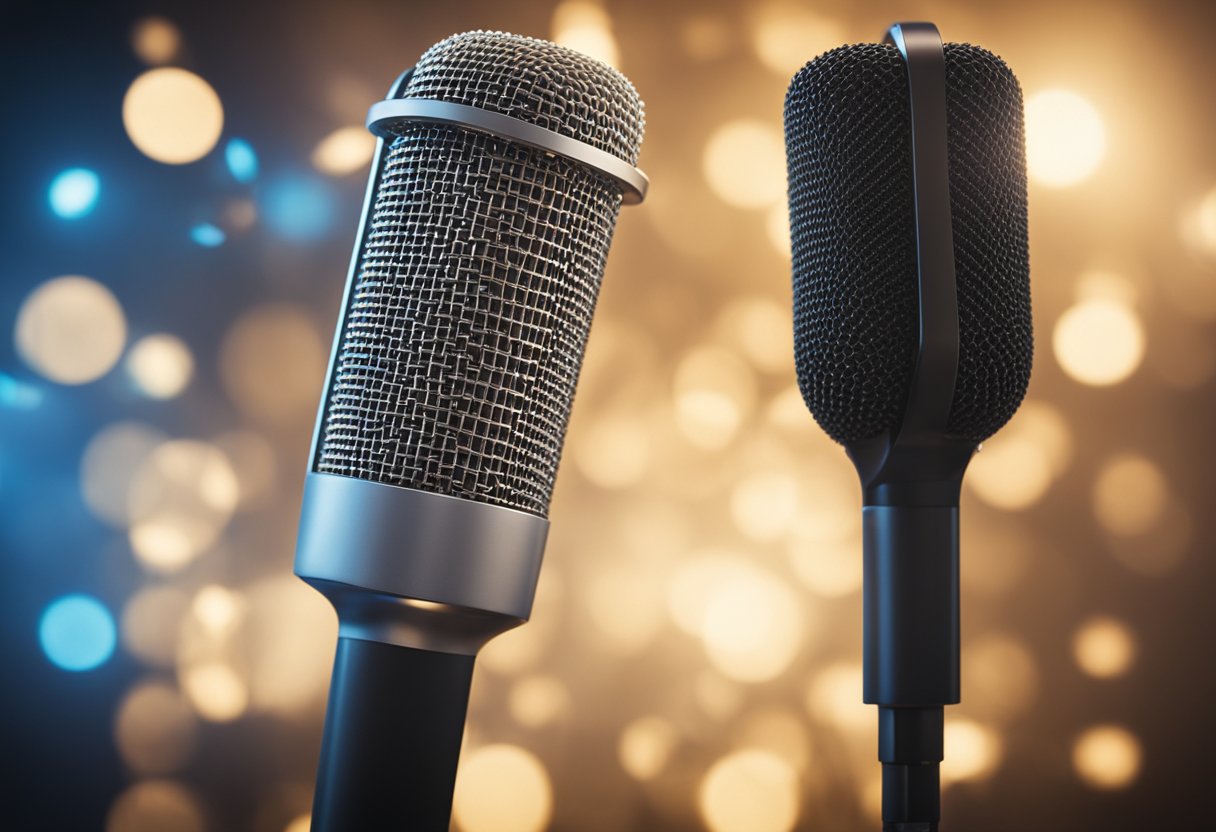
Dynamic microphones are workhorses in the audio industry due to their durability and reliability. They operate on simple principles and offer practical benefits that make them suitable for many recording situations.
Construction and Functionality
Dynamic microphones work through electromagnetic induction. They contain a diaphragm attached to a coil of wire that sits within a magnetic field. When sound waves hit the diaphragm, it vibrates along with the attached coil. This movement of the coil within the magnetic field generates an electrical signal that mirrors the incoming sound waves.
The construction of dynamic microphones is relatively simple. They have fewer components than other microphone types, making them more rugged and resistant to damage. Most dynamic mics don’t require external power to operate.
These microphones typically have a thicker diaphragm compared to condenser mics. This design characteristic means they respond more slowly to transients—the initial attack of a sound.
Advantages and Common Applications
Dynamic microphones excel in high-volume environments. They can handle sound pressure levels (SPLs) that would damage more sensitive microphones. This makes them perfect for recording loud instruments like drums and guitar amplifiers.
Their durability suits them to live performances and touring. They can withstand accidental drops, temperature changes, and humidity without issue.
Another advantage is their natural sound rejection pattern. Dynamic mics typically pick up less background noise and room ambience compared to condensers. This selective focus helps isolate the sound source.
Common applications include:
- Live vocal performances
- Broadcast and podcasting
- Recording drums and guitar amplifiers
- Field recording in challenging environments
Popular models like the Shure SM58 and SM57 have become industry standards due to their reliability and versatility.
Condenser Microphones
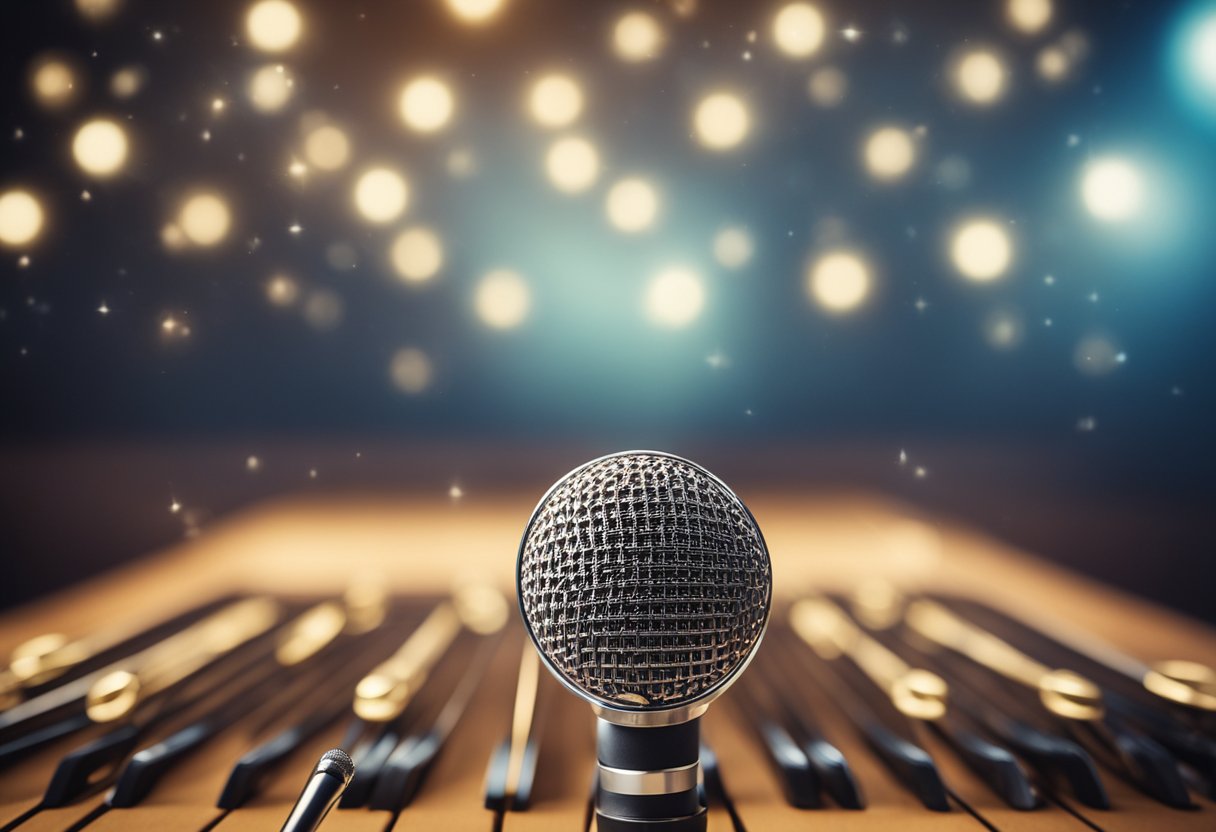
Condenser microphones capture sound with remarkable sensitivity and precision. These mics produce detailed recordings and have become standard equipment in professional studios worldwide.
Technical Aspects and Power Requirements
Condenser microphones work using a lightweight diaphragm suspended near a metal backplate. When sound waves hit the diaphragm, it moves closer and further from the backplate, creating variations in capacitance that convert to electrical signals.
Unlike dynamic mics, condensers require external power to operate. This power comes in the form of phantom power (usually 48V), supplied through the microphone cable from a mixer, audio interface or dedicated power supply.
Most modern condensers use the XLR connection standard for both audio transmission and phantom power delivery. Some smaller condenser mics, particularly USB models, contain built-in power systems that eliminate the need for phantom power.
Condenser microphones typically have higher impedance levels and greater sensitivity to electrical interference than dynamic models. This makes proper cabling and setup crucial for noise-free recordings.
Recording Quality and Usage Scenarios
Condenser microphones excel at capturing high-frequency details and subtle nuances in sound. They’re particularly effective for recording:
- Vocals (especially for studio recording)
- Acoustic instruments
- Ambient room sounds
- Podcast and broadcast applications
- Overhead drum mics
The frequency response of most condensers is wider than dynamic microphones, typically ranging from 20Hz to 20kHz. This makes them ideal for capturing the full range of human hearing.
Many condensers offer selectable polar patterns, allowing users to switch between:
- Cardioid (front pickup)
- Omnidirectional (all directions)
- Figure-8 (front and back)
Studio condensers come in two main diaphragm sizes: large-diaphragm models (typically 25mm+) provide warmth and presence, while small-diaphragm condensers offer more accurate high-frequency capture and transient response.
Due to their sensitive internal components, condensers are less durable than dynamic microphones and perform poorly in humid or dusty environments.
Selecting the Right Microphone for Your Needs
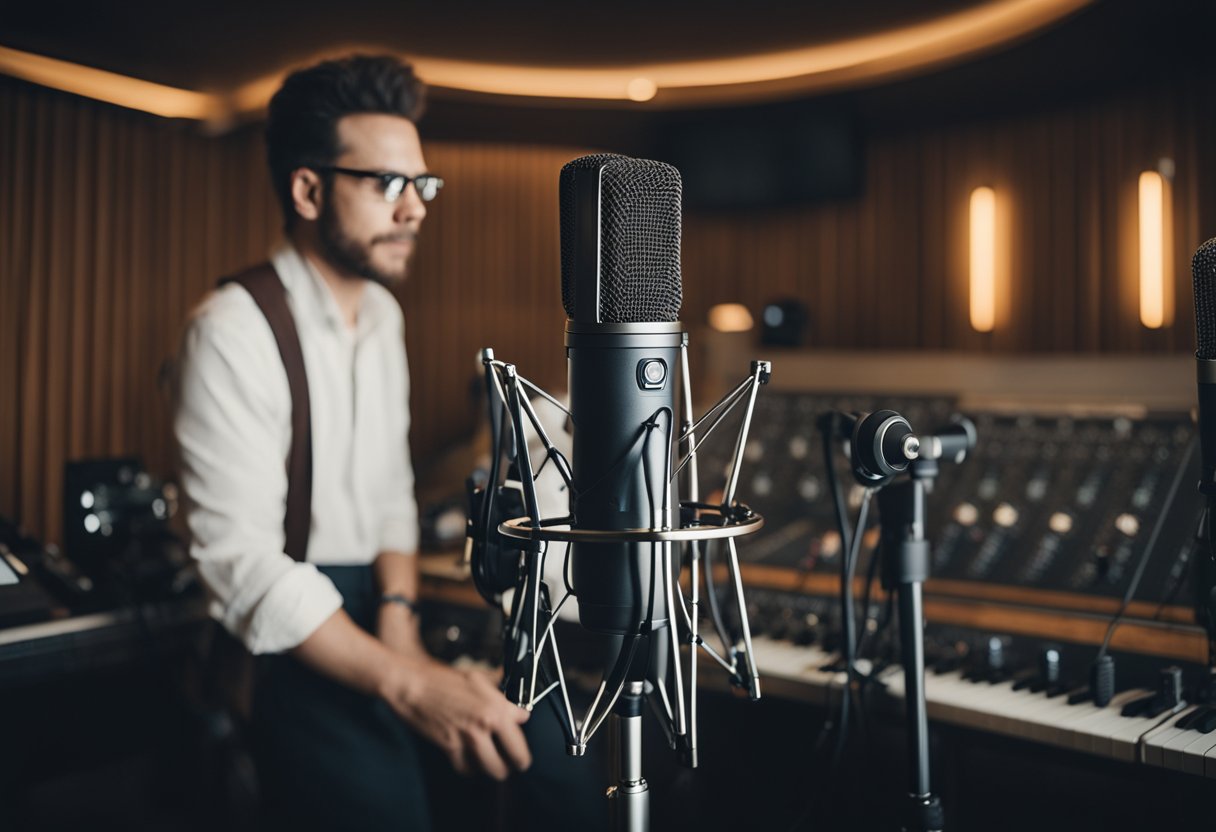
Choosing between dynamic and condenser microphones depends on your specific recording situation. Each type has strengths that make it suitable for different uses.
For live performances, dynamic microphones typically work best. They handle loud sounds without distortion and are less sensitive to background noise. This makes them ideal for vocalists on noisy stages.
For studio recording, condenser microphones often produce better results. They capture more detail and nuance in quieter environments like recording studios or home setups.
Consider your budget as well. Dynamic microphones are generally more affordable and durable, making them a practical choice for beginners.
Key factors to consider:
- Recording environment (noisy vs quiet)
- Sound source (loud vs soft)
- Budget constraints
- Durability needs
If you record podcasts or vocals in an untreated room, a dynamic microphone can help minimise unwanted room noise. Condenser microphones work brilliantly for acoustic instruments and detailed vocal work in treated spaces.
Many professionals own both types for different situations. Starting with a good dynamic microphone is often recommended if you’re purchasing your first quality microphone.
Test both types if possible before making a decision. The right microphone ultimately depends on what sounds best with your particular voice or instrument.
Frequently Asked Questions
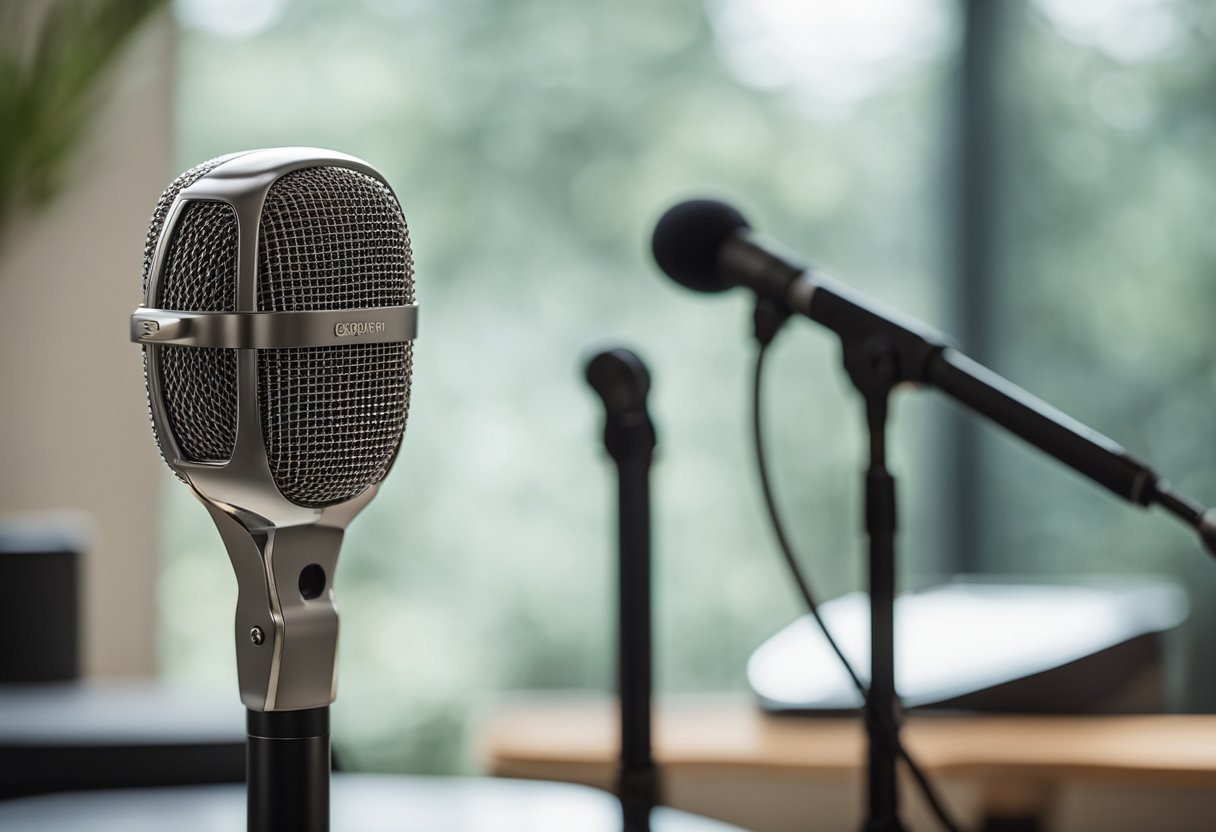
Here are answers to common questions about dynamic and condenser microphones. These explanations will help you make informed decisions for your specific recording needs.
What are the differences when using a dynamic versus a condenser microphone for vocal recordings?
Dynamic microphones capture vocal recordings with less sensitivity to high frequencies and subtle details. They produce a warmer, more focused sound that many singers prefer for live performances.
Condenser microphones offer greater sensitivity and capture more vocal nuances, breath sounds, and room ambience. They’re typically preferred in studios where controlling background noise is easier.
The choice depends on the vocalist’s style and recording environment. Powerful, louder singers might benefit from a dynamic mic’s durability, while softer, more detailed performances often sound better through condensers.
Which type of microphone is more suitable for podcast production, dynamic or condenser?
Dynamic microphones excel in podcast production, especially for beginners or those in imperfect acoustic environments. They reject background noise effectively and are more forgiving of room acoustics.
Many professional podcasters prefer dynamic mics like the Shure SM7B or Rode PodMic for their ability to focus on the voice while minimising keyboard clicks, air conditioning, and other distractions.
Condenser microphones can work well for podcasts in properly treated rooms, offering a brighter, more present sound. However, they require more acoustic treatment and careful placement.
In noisy environments, would a dynamic or condenser microphone perform better?
Dynamic microphones are clearly superior in noisy environments. Their lower sensitivity means they pick up less ambient noise, making them ideal for cafes, offices, or outdoor settings.
The physical design of dynamic mics naturally rejects off-axis sound, focusing primarily on what’s directly in front of the microphone. This helps isolate the main sound source from background distractions.
Condenser microphones will capture everything in the room, including air conditioning, computer fans, traffic noise, and echoes. They’re rarely suitable for noisy locations.
For live gaming streams, should one choose a dynamic or condenser mic?
For gaming streams, the choice depends on your setup. Dynamic microphones work better in typical gaming environments with mechanical keyboards, computer fans, and less acoustic treatment.
Condenser microphones can provide more detail and presence if you have a quieter space. They’ll capture more excitement and energy in your voice during intense gaming moments.
Many successful streamers use dynamic microphones with close positioning techniques to maintain voice quality while minimising the sound of clicking controllers and keyboards.
Why might someone prefer to use a dynamic microphone in certain situations?
Dynamic microphones handle extremely loud sounds without distortion, making them ideal for recording drum kits, guitar amplifiers, and powerful vocalists. They won’t overload with high volume sources.
Their durability makes dynamics perfect for touring, outdoor recording, and rough handling. They don’t require phantom power, working well with simple interfaces and mixers.
Dynamic mics often cost less than comparable condensers while still delivering professional results. This makes them excellent value for newcomers to audio recording.
What considerations should be made when selecting a microphone for YouTube content creation?
The type of content greatly affects microphone choice for YouTube. Tutorial videos and talking-head content benefit from the clarity of condenser microphones in quiet rooms.
For vlogging, outdoor shoots, or less controlled environments, dynamic microphones provide reliability and consistent results. They’re more forgiving when recording conditions aren’t perfect.
Budget is important too. Quality dynamic microphones often cost less initially and require fewer accessories than condensers, which typically need pop filters, shock mounts, and acoustic treatment.


